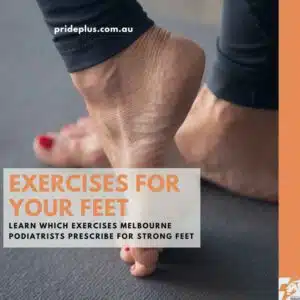Is your first step in goal setting to write them out? Then do you make conscious choices about what to do to achieve them? Are you a creator of elaborate plans or a changer of your environment?
Congratulations, you’re in the first phases of declarative learning.
With declarative learning your in a phase which is static and can be stated simply. You are consciously aware of your understanding of your goal.
For example, when you first learn how to ride a bike, the first questions come easy. What do I need to do go? Push on the pedals.
With repetition, riding a bike becomes a habit.
During this repetition, the wheels in your brain (and your bike!) turn slowly and shift into second gear called procedural learning. This phase is crucial for habit formation.
Now, your knowledge is part of you. It’s something you do, an action. You are not consciously aware of it. It is often hard to explain verbally. When asked how to, you might resort to pretending to ride a bike like in charades.
How do you shift gears in your brain from declarative to procedural learning? In other words move from goal directed to habitual behaviour?
Try our quiz on how likely you’re going to be to stick your goals into habits.
Very useful around New Years resolutions!
Your Habit Equation
Habits can be considered as learned automatic responses.
You form your habits you pursue your goals by repeating the same responses over and over again.
Habit = Goal Setting x Repetition
When we act out of habit, it is more efficient. It’s a ready made response and reduces the deliberation that accompanies pursuing a goal.
The procedural learning systems in your brain, like a camera, is good at capturing certain nuances of the repeated goal pursuit.
Let’s find out what are these nuances and how can you use them to strengthen your habits?
Habits and Rewards
Habits become stronger through reward-learning processes.
The neurotransmitter dopamine is the reward chemical in our brain. Did you know that dopamine is released when there is a discrepancy between an anticipated and actual reward? This acts as an inbuilt teaching signal in our brain for habit learning!
Surprisingly dopamine signals become less active with repetition and frequent rewards. In order to counteract this, the rewards have to be delayed, to mimic natural resources that are replenished with time.
Habit = Goal Setting x Repetition x (delayed) Reward
Habit and Context Cues
A variety of cues can be used to activate habit formation, such as people, things or the memory of a habit response.
For example just sitting at your desk can activate thoughts about work. A runner hearing the word Princes Park automatically thinks about running and jogging.
Once this context association is strong, people can act on the response in mind without deciding to do so.
For example, with the goal, “I will do my exercises when I switch on the kettle.” The task is “I will do my exercises” and the cue is the kettle. When the association is strong, the mere sight of the kettle could make you think and do the exercises.
Your goals that specify the task and the cue, when repeated over and over again leads to strengthening of habits.
Finally, I present to you the equation for successfully transitioning a goal into a habit
Habit = Goal Setting x Repetition x (delayed) Reward x Context Cues
How This Will Help You
There are a number of advantages to acting habitually. Habits are not subjected to your whims and fancies. With habits, the locus of control is moved from within you (motivation) to context cues. You have a ready response in the event of potential pitfalls that could derail goals, like stress, time pressure and distraction. Habits are smart and energy efficient.
Let’s just move on from goal setting, let’s make them habits!
About the Author

Pascoe Vale physiotherapist Naveena has seen many goal setting endeavours succeed and plenty fail too. It’s not a lack of passion or the goal itself that holds people back, but the application and habits that are formed. Utilising knowledge as a physiotherapist structuring return to sport and return to work programs that actually work, Naveena will help you make your goal setting stick.




